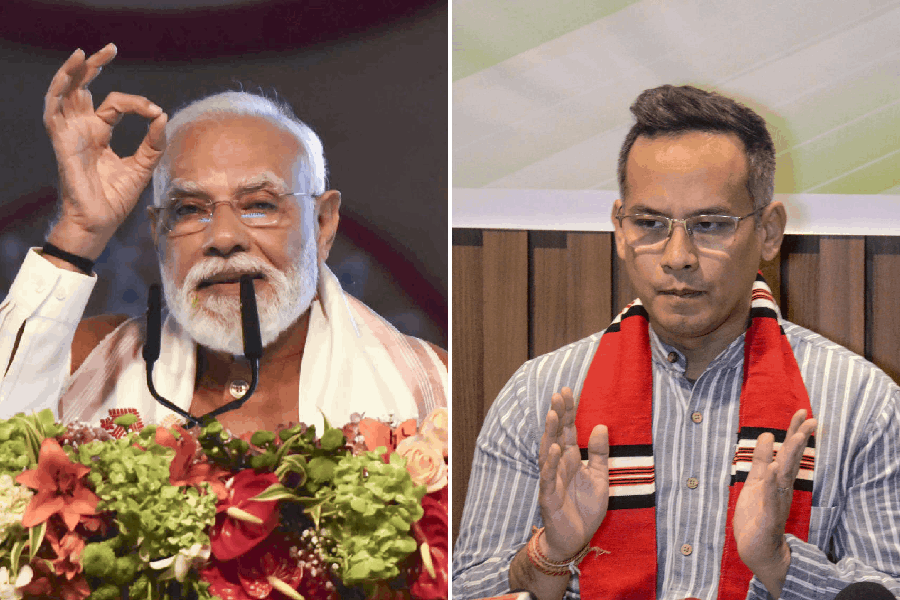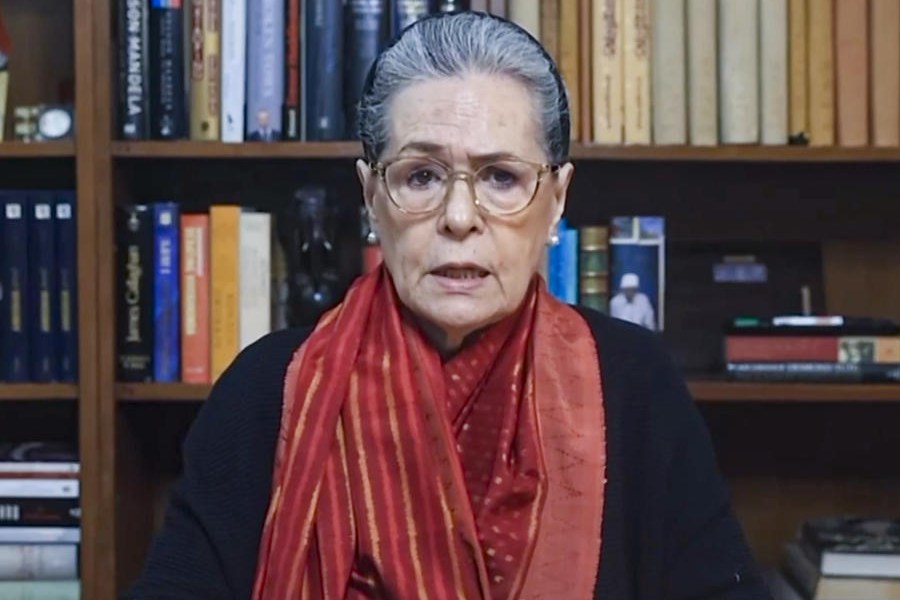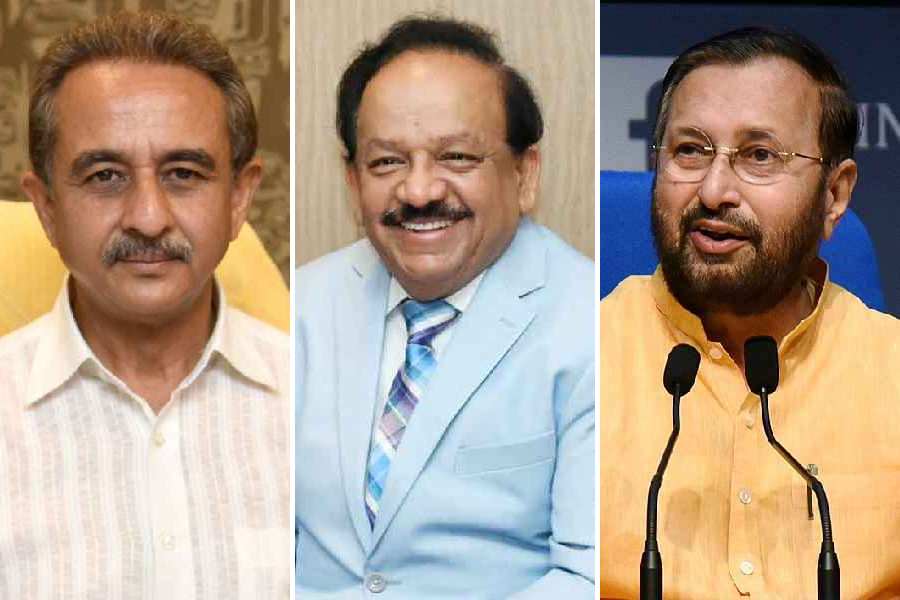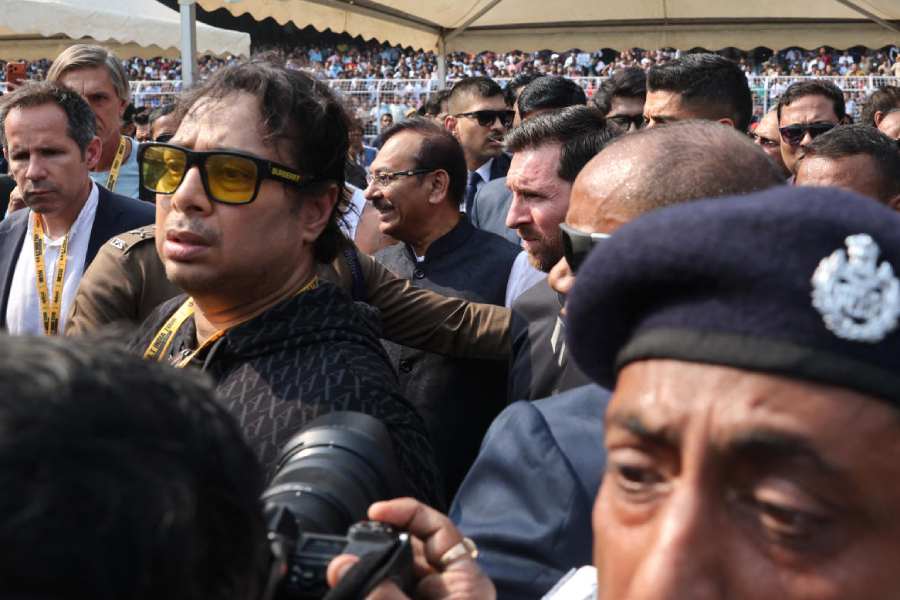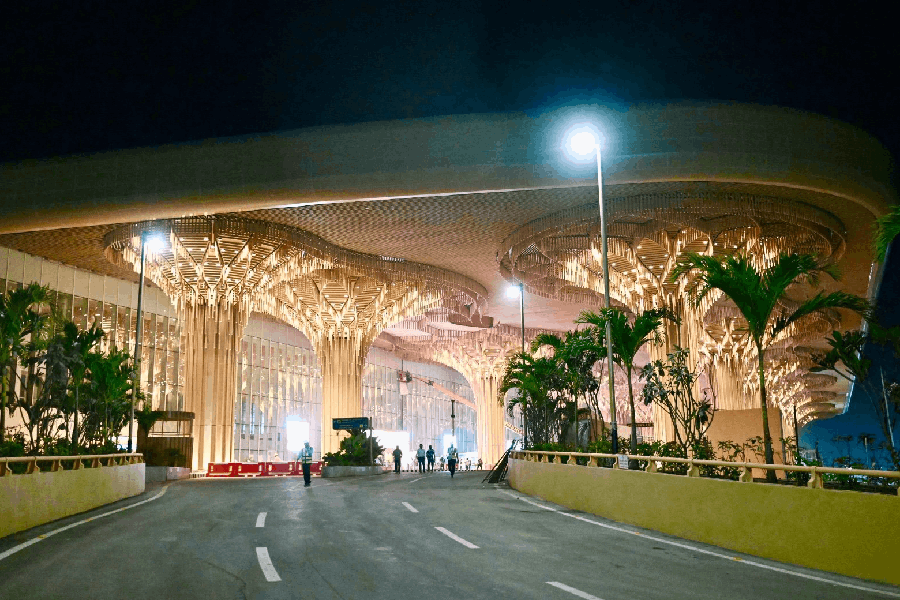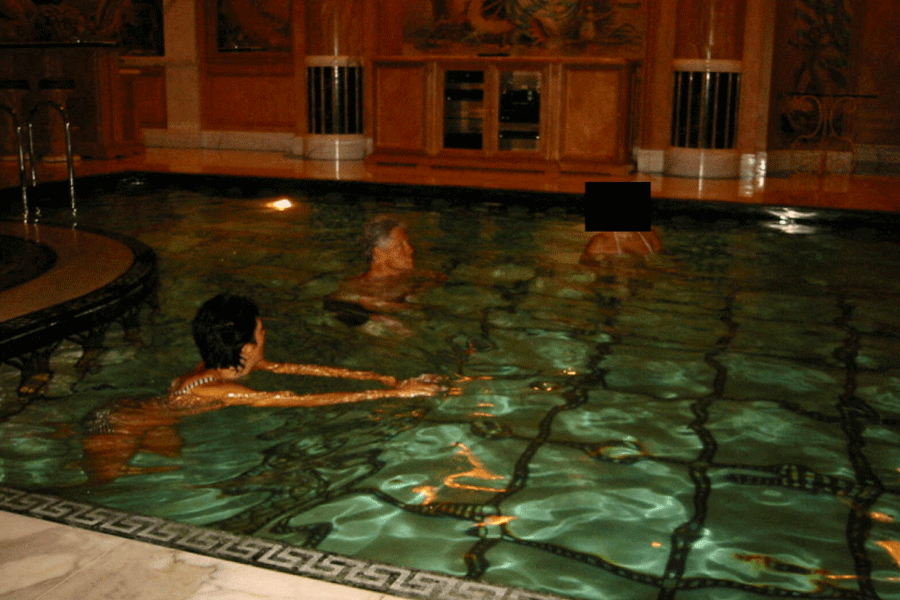 |
Lufthansa’s Werner Heesen is an old India hand. He has been flying back and forth between Germany and India since 1985 and during this time Lufthansa has cemented its position as the top European carrier to India in terms of the number of flights each week. And business has climbed steeply in the last two years. Says Heesen, “India is a crucial, strategic market for Lufthansa.”
And this is why: Lufthansa has soared ahead with a mammoth 70 per cent growth in the last two years going from 23 weekly flights arriving and departing from India to 32. And as part of its capacity expansion plans, come November, and it will add another six flights, taking the total number of connections between India and Germany to 38 (out of an Asia-Pacific total of 149).
So what’s Lufthansa’s current USP? Well, it flies to five Indian cities (Delhi, Mumbai, Chennai, Bangalore and Hyderabad) and passengers can fly to either Frankfurt or Munich (it’s the only European airline that offers flights to two bases). And from there, travellers can connect to the 18 US cities or 85 European destinations on the airline’s network. “The US and Europe are the most frequently wanted destinations by Indians,” says Heesen.
Certainly, Lufthansa has been turning in a steady performance each year in India. The airline ended 2004 with double-digit increases in its revenue and capacity. Passenger numbers carried have gone up by an average of 21 per cent since 2001. Says Heesen, “The Indian market as it is stable, and the mid-term and long-term opportunities are looking positive.”
Way back in 1959, Lufthansa was an early bird in India. The market was very different from today’s highly competitive scene where an increasing number of domestic and international airlines are cris-crossing Indian skies, adding frequencies and ensuring that the travel market is increasing by 10 per cent annually.
Lufthansa commenced scheduled services to India, touching down in Calcutta in November 1959. It landed in Calcutta after flying 30 hours from Frankfurt via Cairo, Kuwait and Karachi. The flight was discontinued in 1963 and the city is yet to be put back on its schedules. Heesen explains, “In the past, the catchment area of Calcutta did not provide passengers to justify service. However, now we have seen high-profile industries moving to Calcutta making way for modern infrastructure. We are making an assessment of the opportunities in Calcutta.”
After calling off Calcutta, in 1963 Lufthansa landed in Delhi with a once-weekly flight to Frankfurt. The route it took was Tokyo-Hong Kong-Bangkok-New Delhi-Karachi-Kuwait-Cairo-Rome-Frankfurt. In 1971 Mumbai was added to its network. Then the airline hit a trough.
It was only in 1994 that Chennai was added to its fold as Lufthansa’s third destination in India, followed by Bangalore in 2001. In February this year, Lufthansa linked Hyderabad and Frankfurt. This year, the airline also opened India to yet another gateway in Europe, connecting Delhi with Munich. “Passengers from Delhi now have the option of two different times and two hubs,” says Heesen.
Currently, 60 per cent of the airline’s travellers (on its Indian routes) are Indians, so they are by far the most important target group. “Thus, the product must suit the needs of the Indian corporate and leisure traveller,” he says.
If you’ve always thought that Lufthansa’s service was cool and antiseptic, read on. Its vast network is only one of its major areas of emphasis. Indian hospitality ? warmed up by a battery of some 160 Indian Hindi and Tamil speaking flight attendants ? and plenty of Indian publications on board are meant to make Indians feel at home. The airline is also making a big effort to feed its passengers well and recently roped in Taj Group’s celebrity chef, Hemant Oberoi, to unleash his creative juices and plan in-flight menus.
Heesen has been around long enough to see a drastically changed profile of the Indian traveller. In the past, going overseas was the privilege of businessmen and a small clutch of leisure travellers, but today millions can afford to fly abroad. Corporate travel is on an upward swing, and people want to discover destinations like Europe and America. “What’s more, the age pyramid has changed to include younger people on the move. Young Indians are self-confident, quality and price conscious, being well-informed and technology savvy,” says Heesen.
But what about the Indian aviation industry and its antiquated airports? Heesen shoots back with, “The aviation industry is not fully liberalised yet, as we don’t have a completely open sky policy, but what we have is a gradual change towards liberalisation.”
Besides, the on-ground facilities are a trouble spot. The airports in Delhi, Mumbai and Bangalore have limited capacity in terms of slots (parking areas) and aerobridges. And with the number of flights increasing, that’s going to be a serious problem. “The government has taken steps towards modernising the infrastructure but it must be understood that the time-span from the planning stage to the implementation takes a minimum of three years or more. We may thus face a bottleneck situation in the next five years.”
Passengers may be disappointed to hear that fares won’t be dropping too much in the near future ? even though more flights are cruising into the runway. That’s because fuel costs are climbing steeply. Says Heesen, “Fuel costs have escalated and airlines all over the world have to respond to this.” Purchase and maintenance of aircraft, navigation and landing charges have all only gone up. While travellers can expect special promotions which are temporary in nature, a long-term drop in fares seems unlikely unless the global scenario changes dramatically.
Nevertheless, fares are going down from their earlier high levels, so it’s still a win-win situation for Indian travellers as competing airlines try their best to woo them with a mix of better prices, quality and innovation.
Photograph by Rupinder Sharma


